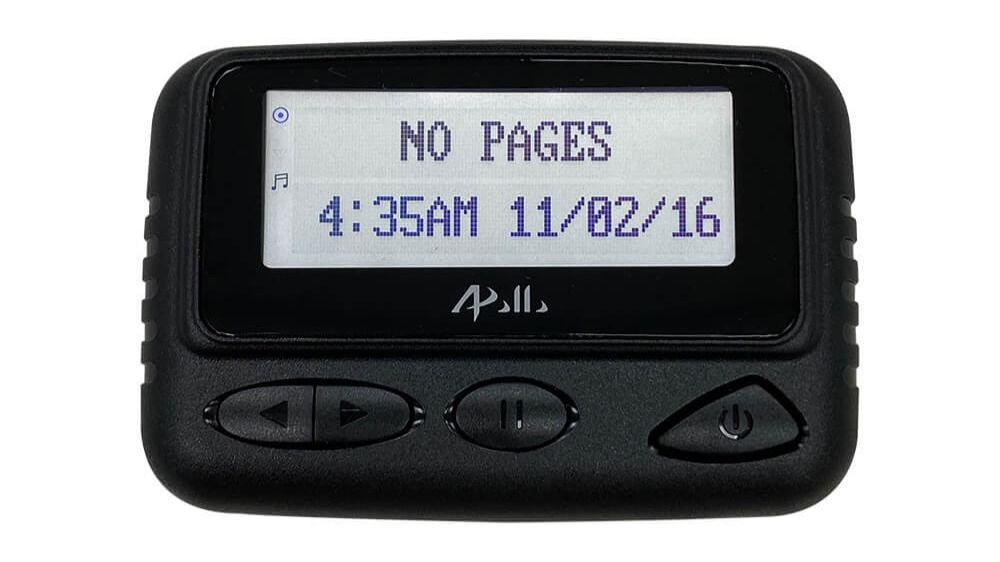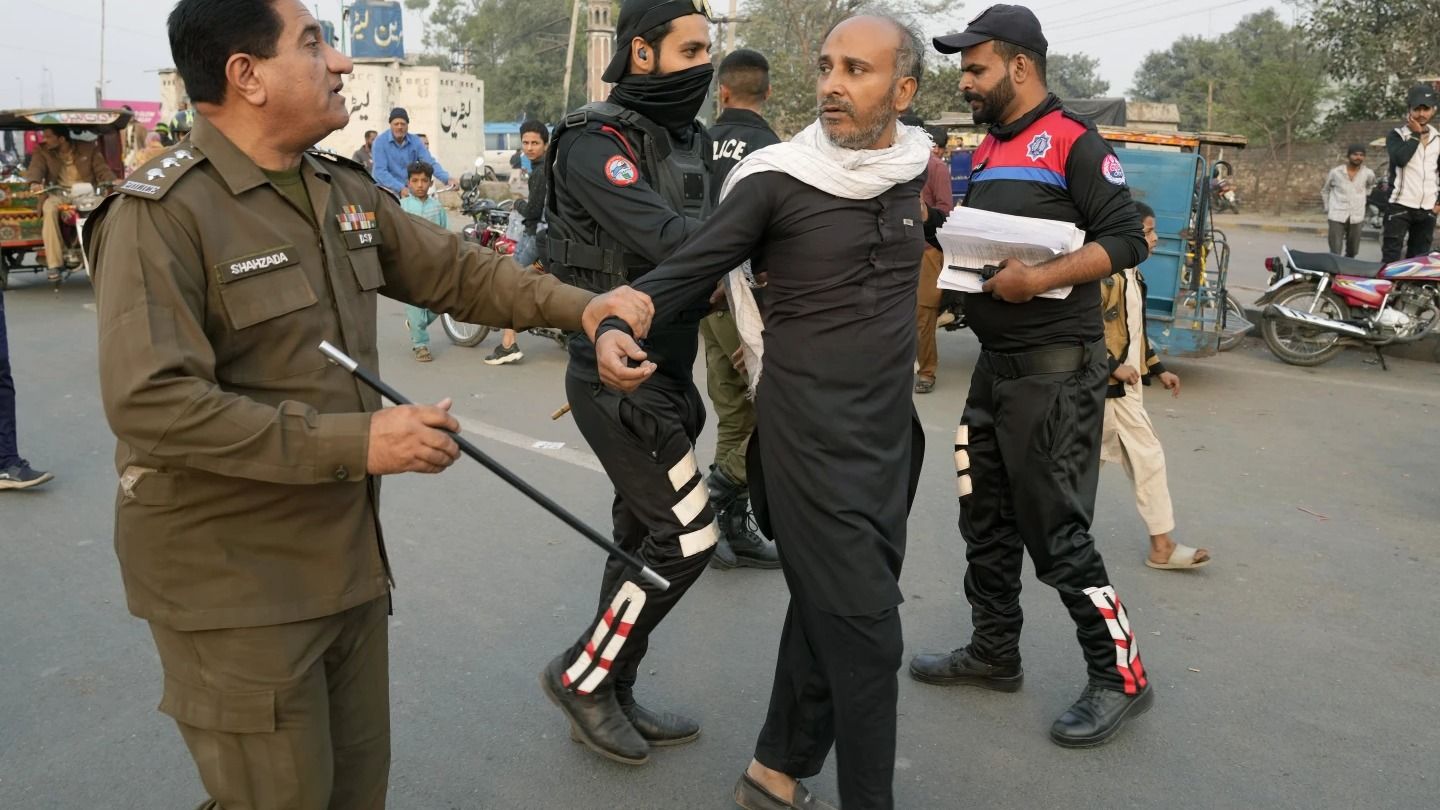In a significant escalation of covert operations, Israel recently targeted Hezbollah, detonating hundreds of walkie-talkies used by the terrorist group, a day after detonating hundreds of pagers used by Hezbollah members. The coordinated attacks are part of Israel’s ongoing effort to disrupt Hezbollah’s military communications system. These devices, booby-trapped by Israeli intelligence, were secretly delivered to Hezbollah and intended for use during a future war with Israel.
The explosions, which occurred across Lebanon, left at least nine people dead and hundreds wounded, according to Lebanon’s official news agency. While these devices might seem outdated in the age of smartphones, Hezbollah relies on them for secure communication, using their low-tech advantages to evade modern surveillance methods. But what exactly are these devices, and why are they still in use by Hezbollah?
What Is a Walkie-Talkie?
A walkie-talkie, also known as a two-way radio, is a handheld device that allows for wireless voice communication over specific radio frequencies. First developed in the 1930s in North America, walkie-talkies gained widespread use due to their simplicity and mobility. They earned the name “walkie-talkie” because users could talk while on the move.
Each walkie-talkie contains a battery, a transmitter, an antenna, a loudspeaker (which doubles as a microphone), and a ‘push-to-talk’ button. When a user presses the button, they can transmit their voice via radio waves to other users on the same frequency. The receiving walkie-talkie converts these waves back into sound, allowing for nearly instantaneous communication.
How Do They Work?
Walkie-talkies function by sending voice messages over a shared frequency or channel. Users must be on the same channel to communicate. When the device isn’t transmitting, it emits static noise. To speak, the user presses the push-to-talk button, which switches the device from receive mode to transmit mode.
While speaking, the voice is converted into radio waves that travel at the speed of light to the receiving device. The walkie-talkie then translates the waves back into sound. Because it’s a two-way radio system, only one person can talk at a time on the same channel. Modern systems, however, allow for multiple channels to reduce interference.
Why Does Hezbollah Use Walkie-Talkies?
Despite being considered low-tech compared to modern smartphones, walkie-talkies are prized for their durability and ability to function independently of cellular networks. They are commonly used by people during combat, including Hezbollah, because of their reliability in remote or combat environments. Since walkie-talkies operate on radio frequencies, they can continue to function even if cellular infrastructure is disrupted, making them a valuable tool in areas with unstable communications.
Moreover, walkie-talkies are harder to trace than modern smartphones, which often have GPS and other tracking technologies. For Hezbollah, which faces constant surveillance from Israel and other international agencies, this makes walkie-talkies a more secure method of communication, especially during covert operations or in the midst of military conflicts.
What About Pagers?
Pagers, another low-tech device, were central to Hezbollah’s communication network until they became the target of Israel’s initial attack earlier this week. Pagers, also known as beepers, were widely used in the 1990s before the rise of cellphones. They allowed for the transmission of short, urgent messages over radio frequencies.
While pagers are mostly obsolete in today’s world, they have unique advantages in certain situations. Because pagers use radio frequencies, they can continue to work even if cellular networks are down or overwhelmed. They are also more difficult to track compared to smartphones, making them a reliable tool for groups like Hezbollah that seek to avoid detection.
The pagers targeted in Israel’s operation were made by Gold Apollo, a Taiwanese company. It appears that the devices had been secretly embedded with explosives by Israeli intelligence before reaching Hezbollah. The targeted pager model, the AR924, is reportedly waterproof and can last up to 85 days on a single charge, making it ideal for long-term, low-maintenance use in difficult conditions.
The Strategic Impact
The second wave of explosions involving booby-trapped walkie-talkies, following the earlier pager attack, is a serious security breach for Hezbollah. Israeli intelligence likely saw an opportunity to weaken Hezbollah’s communications infrastructure, causing chaos and fear within its ranks. As one source said to Axios, Israel’s goal was to increase “paranoia and fear in Hezbollah’s ranks” and push the group’s leadership to rethink its ongoing conflict with Israel.
Videos from social media captured the chaos, including an explosion during the funeral of Hezbollah members killed in the first wave of pager detonations. These dramatic images have fueled tension between Israel and Hezbollah, increasing concerns of an all-out war.
Why These Devices Still Matter
In the modern world, it may seem surprising that a group like Hezbollah would rely on devices as seemingly outdated as pagers and walkie-talkies. However, these tools offer several advantages in terms of security, reliability, and simplicity, especially in environments where advanced technology can be easily tracked or disrupted. As long as Hezbollah continues to face constant surveillance and cyberattacks from Israel, it is likely that they will keep using these older communication methods as a safeguard against more sophisticated monitoring systems.
Israel’s recent attacks on Hezbollah’s communications network, involving the destruction of pagers and walkie-talkies, have inflicted significant damage on the group’s command infrastructure. These operations underscore the importance of both modern and old-school technology in military conflicts, and they highlight the evolving tactics in the long-running conflict between Israel and Hezbollah. As tensions rise, these once overlooked devices have suddenly become the focal point of a dangerous covert war.
Deadly Walkie-Talkies and Pagers: What Are These Devices Used by Hezbollah? EXPLAINED world-news World News | Latest International News | Global World News | World News Today




